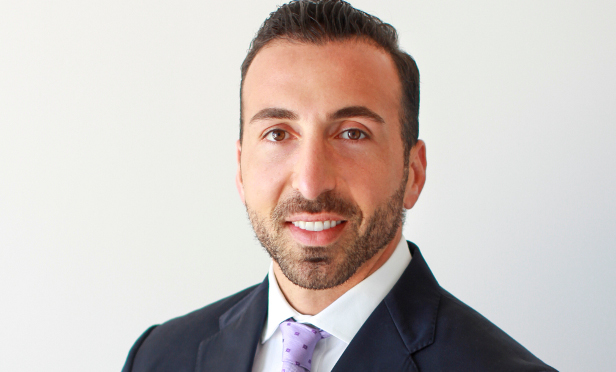 Mansour: “Look at assignment provisions, landlord default language, co-tenancy clauses, landlord-responsibility language and financial-disclosure language.”
Mansour: “Look at assignment provisions, landlord default language, co-tenancy clauses, landlord-responsibility language and financial-disclosure language.”
SAN DIEGO—Specific language is creeping into triple-net leases to which investors are not paying attention, and they’re getting burned down the line, Alvin Mansour, executive managing director investments for Marcus & Millichap, tells GlobeSt.com.
According to a recent national net-lease report from the firm, retail sales, especially necessity stores like drug stores, continue to rise, aligned with the growing number of households across America. The potential for single-tenant assets revenue to increase is additionally supported by limited amount of construction of competing properties.
Also, although potential regulatory and tax-code changes are raising questions among some investors, buyers are still competitive for assets like these, particularly as stable rates support continued investment in net-lease properties. The possibility of easing of regulations on financial institutions could liberate additional lending capacity, and nominally higher interest rates may encourage additional lenders to participate. The Federal Reserve’s plans with its balance sheet will prompt single-tenant-net-lease investors to reevaluate their portfolios as upward pressure on longer term interest rates are anticipated.
We spoke with Mansour about San Diego’s net-lease sector, how it compares to other Southern California markets and which properties are most in demand here.
GlobeSt.com: How does the San Diego net-lease sector compare to other markets in Southern California?
Mansour: San Diego specifically is pretty similar to most coastal Southern California markets in its tight stock, but when you get into East San Diego County, you start seeing some more supply. We’re in a supply-constrained market right now in all of Southern California, especially San Diego, and it’s hard to find pad sites to develop. It has to be existing buildings. Communities are challenging, and cities are difficult, so the approval timeline is double to triple what it is in some out-of-state markets like Texas—plus, our construction costs are higher.
GlobeSt.com: What types of net-leased properties are most in demand and which are lagging?
Mansour: Right now, most in demand are any Amazon-proof assets: net-leased medical, industrial distribution, warehouse, and we’re seeing gas and auto-related stores pick up, as well as fitness. Discount stores like Dollar General and Dollar Tree are still very active in the net-lease sector, but the. hottest is quick-serve restaurants.
The weak links are casual dining, any specialty use like movie theaters and mattress stores, and we’re seeing that banks are of concern with all the changes in banking. Also, all box retail is pretty challenging.
GlobeSt.com: Which geographic areas of San Diego have the strongest net-lease performers?
Mansour: It’s not so much like that. It’s really based on credit, the quality of the tenant and the lease terms. But geographically, anything urban coastal in San Diego goes for a substantial premium over East County, South Bay or North County inland.
GlobeSt.com: What else should our readers know about this market?
Mansour: I would strongly recommend that buyers pay strict attention to the quality of real estate locations and lease terms. There’s specific language in some of these leases that investors are not paying attention to, and they’re getting burned down the line. Look at assignment provisions, landlord default language, co-tenancy clauses, landlord-responsibility language and financial-disclosure language. A lot of landlord responsibilities are slipping, and even though a property may be advertised as a triple-net lease, buyers need to look at landlord responsibilities that could creep up long term. Also, be careful about above-market rents, where you might have tenants threatening landlords. Be smart on higher investing, and seek expert advice. Like for most assets, buy the best-in-class in the market because that will be the lowest risk and will perform strongest long term, but at the same time, you could buy similar quality out of the region—but also seek expert advice. If investors are willing to go outside of San Diego, they will see 100 bps higher return in like-kind assets. In some cases, they will probably get a better-located asset than what you’d get in San Diego.

















 Copyright © 2024 ALM Global, LLC. All Rights Reserved.
Copyright © 2024 ALM Global, LLC. All Rights Reserved.